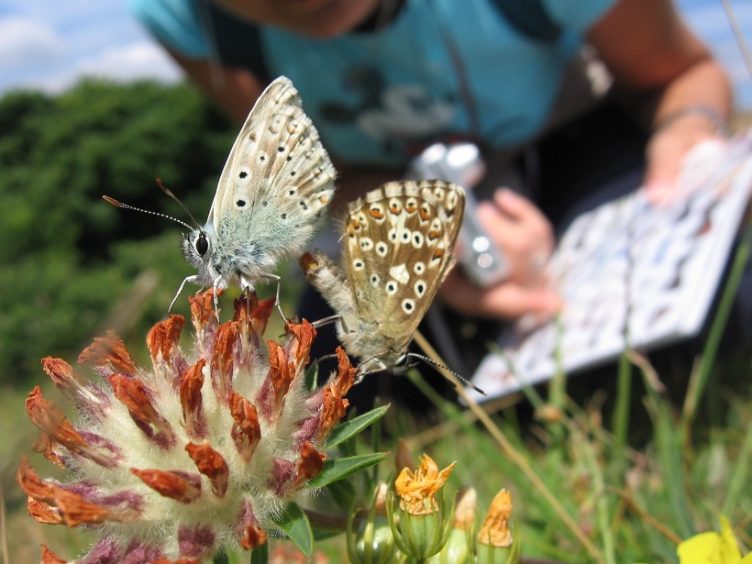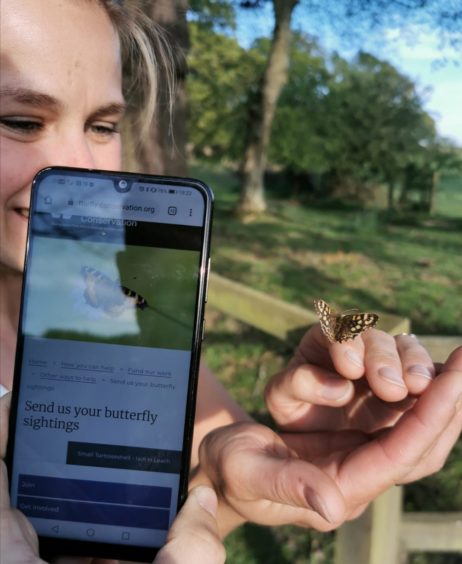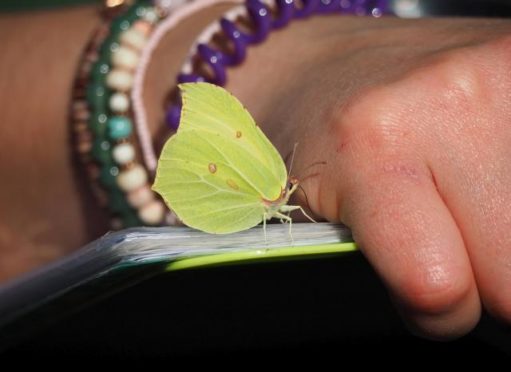A wildlife charity has launched a plea to help measure impacts of climate change while its scientists are in lockdown.
Butterfly Conservation has urged the public to join the initiative by recording where the little insects are thriving and logging the numbers of different species.
A vital indicator of the effects of climate change in the UK, butterfly phenology recording, will be severely affected this spring due to the restrictions on movement to halt the spread of coronavirus.
Richard Fox, the organisation’s associate director of ecording and research, said: “Studying the changing flight times and locations of butterfly species across the UK is vital to understanding the impacts of climate change on our native wildlife.
“So we are asking the general public to help us out. This is something you can do for science and climate change in your own back garden. We know that climate change is making butterflies emerge earlier in spring and some are spreading to new parts of the UK. We need you to tell us where and when you saw them.”
Two new studies by York University, in collaboration with Butterfly Conservation and other partners have shed some light on how butterflies and moths are responding to climate change, but there are still many unanswered questions.

Mr Fox added: “Keep a look out in your garden for butterflies such as the Brimstone, Comma, Speckled Wood, Holly Blue and Orange-tip. We want your records, and to know when you saw them on the wing.
“If you live in certain areas, particularly in northern England and in Scotland, we’re particularly interested in your observations as all of these butterflies are spreading northwards, colonising areas where they didn’t occur previously.
“The Comma, for example, has spread hundreds of miles northwards since the 1970s. Just this week, we received a sighting from a garden in Fife which was the first Comma that the volunteer had seen there in 60 years.

“You never know what you might see. There has even been a scattering of Painted Lady butterfly sightings across the country in the last week. This species is a migrant from warmer parts of Europe, which normally arrives at the end of May or early June.
“We can’t gather data in our usual ways this spring, so we need the help of everyone who is at home, with a garden or outdoor space, during the lockdown period.”
To submit a recording, go to www.butterfly-conservation.org/mysightings.
